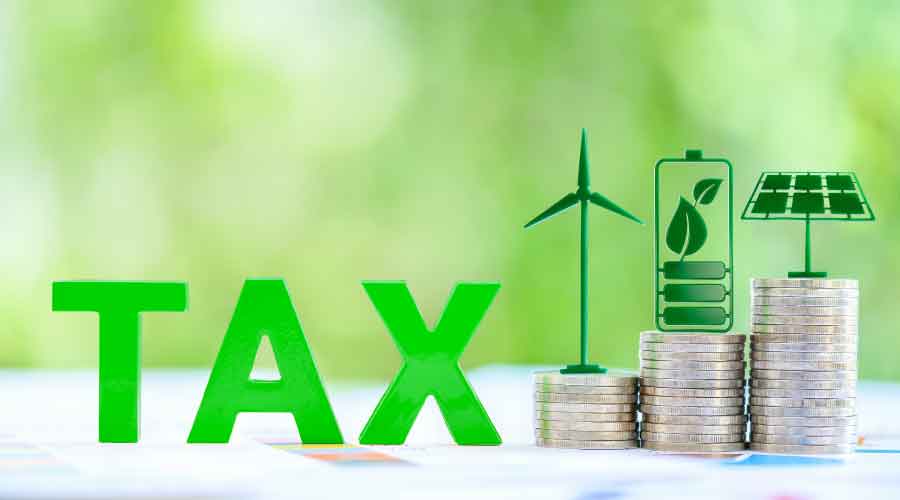As we approach 2024, the prospect of a bigger tax refund is on the horizon for those who take advantage of green energy tax breaks. These incentives not only contribute to a more sustainable future but also offer substantial financial benefits to individuals and businesses committed to eco-friendly practices. By harnessing the power of these tax breaks, you can simultaneously support environmentally responsible initiatives and enjoy a positive impact on your financial bottom line when tax season rolls around. Let’s delve into the key green energy tax breaks that could significantly enhance your tax refund in the coming year.

Types of Home Energy Credits
Homeowners can take advantage of the energy-efficient home improvement credit, previously known as the nonbusiness energy property credit. This credit encompasses a wide range of improvements, including the installation of Energy Star-certified devices, doors, windows, and insulation. Notably, for the 2024 tax year, the credit offers a 30% return on eligible expenses, with an increased annual limit of $1,200. Specific items like water heaters and biomass stoves have separate credit limits, allowing homeowners to potentially receive up to $3,200 annually for significant energy-efficiency upgrades.
The residential clean energy property credit focuses on incentivizing alternative energy projects and improvements. Homeowners investing in solar panels, wind turbines, and other clean energy sources can benefit from a 30% tax break. Importantly, this credit has been extended until 2033, providing a long-term incentive for adopting sustainable and eco-friendly technologies. Unlike the energy-efficient home improvement credit, there is no specific limit on the residential clean energy credit, making it an attractive option for those looking to make substantial investments in clean energy.
The alternative fuel vehicle refueling property credit, impacted by the Inflation Reduction Act and extended until the end of 2032, encourages the installation of green energy charging stations. Homeowners who install charging stations for electric vehicles or other alternative fuel sources may qualify for a 30% tax credit on both hardware and installation costs. The maximum credit is set at $1,000, providing an additional incentive for the adoption of electric vehicles and the development of sustainable fuel options. This credit contributes to a greener and more environmentally conscious approach to transportation.
READ ALSO: Navigating Social Security Taxation: Strategies to Optimize Retirement Finances in 38 States
Claiming Green Energy Tax Credits
To benefit from these tax credits, taxpayers can utilize tax software that guides them through the process, automatically identifying and applying relevant credits. For those filing on paper, Form 5695 handles both the residential clean energy credit and the energy-efficient home improvement credit. Form 8911 is designated for claiming the alternative fuel vehicle refueling property credit. Ensuring accurate and timely filing will help homeowners maximize their tax refunds while promoting environmentally conscious choices.
READ ALSO: Arkansas had 35.6 mortgage refinances per 1,000 households in 2022, below the national average.



